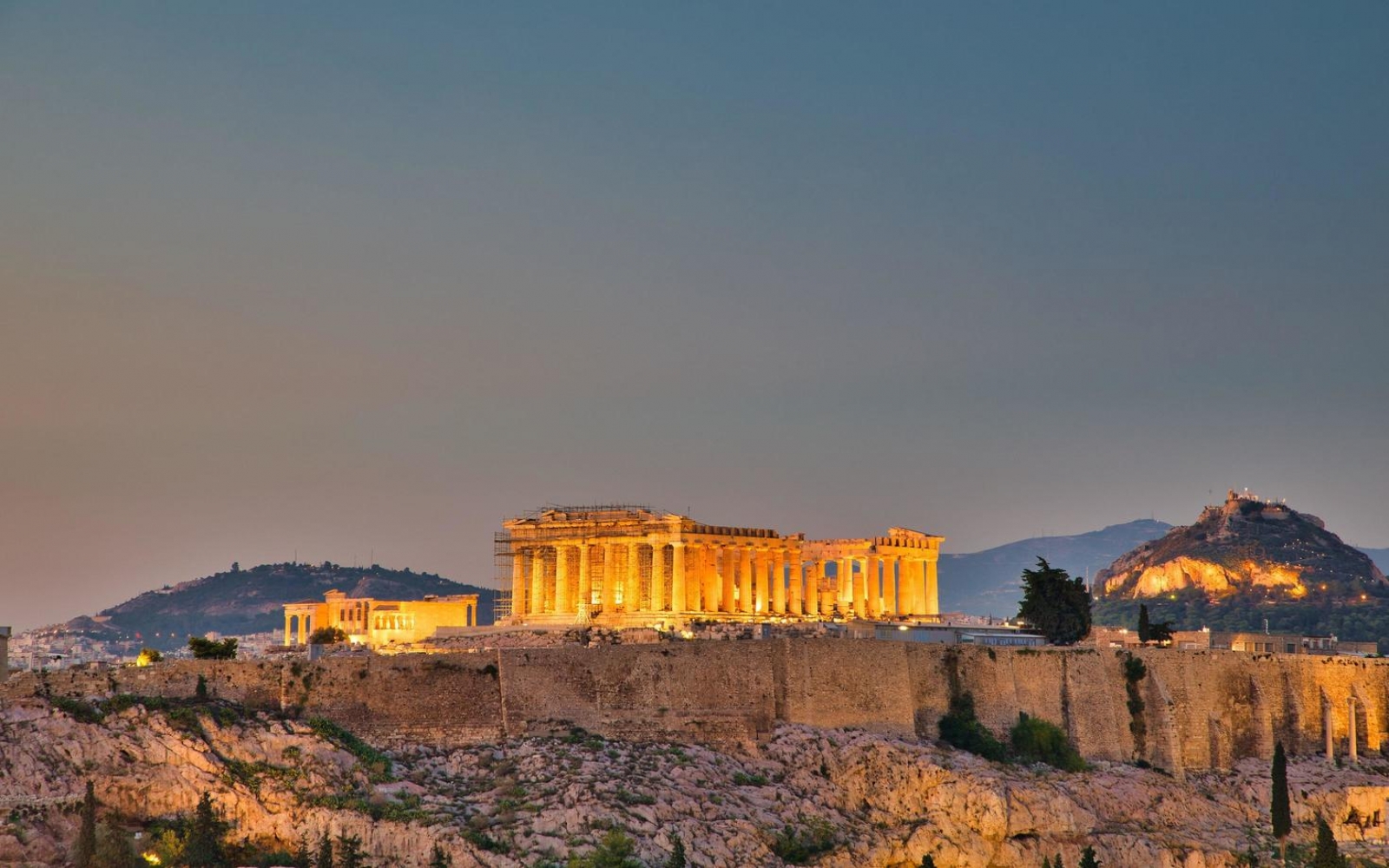
Introduction
Perched atop a rocky outcrop in the heart of Athens, the Acropolis stands as a timeless symbol of Greece's ancient civilization. Revered as one of the most iconic landmarks in the world, the Acropolis is a testament to human ingenuity, architectural mastery, and the enduring legacy of ancient Greece. In this article, we delve into the history, significance, and enduring allure of the Acropolis of Athens.
A Glimpse into History
The Acropolis, whose name translates to "high city" in Greek, has a history that stretches back over 2,500 years. Its construction began in the 5th century BCE, during the Golden Age of Athens, under the leadership of the statesman Pericles. The primary purpose of the Acropolis was to serve as a grand monument to Athena, the city's patron goddess, and as a showcase of Athens' cultural and political achievements.
The most famous structure on the Acropolis is the Parthenon, a Doric temple dedicated to Athena Parthenos (Athena the Virgin). This temple, designed by the renowned architect Phidias, is a marvel of ancient architecture, known for its perfectly proportioned columns, intricate friezes, and exquisite sculptures. It stands as a lasting testament to the artistic and engineering prowess of its time.
Beyond the Parthenon, the Acropolis also houses several other remarkable structures, including the Erechtheion, the Propylaea (the monumental entrance gateway), and the Odeon of Herodes Atticus, a theater that once hosted performances and musical events.
The Significance of the Acropolis
The Acropolis holds immense significance, both historically and culturally. It represents the birthplace of democracy and the cradle of Western civilization. During the 5th century BCE, Athens was a center of intellectual and artistic achievement, and the Acropolis played a pivotal role in this cultural flowering. It was a place where philosophers, scholars, and artists gathered to exchange ideas and create works of enduring beauty.
Furthermore, the Acropolis served as a symbol of Athenian power and prestige. Its grandeur was intended to impress upon visitors the might and magnificence of Athens, and it did just that. The Acropolis was not merely a religious center; it was a manifestation of the city-state's identity and a source of immense pride for its citizens.
Preservation and Restoration
Over the centuries, the Acropolis endured various forms of damage, including invasions, explosions, and the passage of time. In recent decades, extensive restoration efforts have been undertaken to preserve and protect this cultural treasure. These efforts have aimed to repair structural damage, combat erosion, and restore the original appearance of the monuments. The ongoing work is a testament to Greece's commitment to safeguarding its cultural heritage for future generations.
Visiting the Acropolis
Visiting the Acropolis is a profound experience that immerses visitors in the wonders of ancient Greece. Here are some tips for a memorable visit:
- Plan your visit during the cooler parts of the day, as Athens can get scorching in the summer months.
- Wear comfortable walking shoes, as the terrain on the Acropolis can be uneven.
- Purchase tickets in advance to avoid long lines, especially during peak tourist season.
- Take your time exploring the site and consider hiring a guide to gain deeper insights into its history and significance.
Conclusion
The Acropolis of Athens is more than just a collection of ancient buildings; it is a symbol of human achievement and the enduring legacy of Greece's Golden Age. As visitors stand in awe of the Parthenon and gaze out over the sprawling city of Athens, they are reminded of the profound impact that ancient Greece had on the world. The Acropolis continues to be a beacon of inspiration, inviting all who visit to marvel at its beauty and contemplate the profound contributions of ancient Greek civilization to our modern world.

